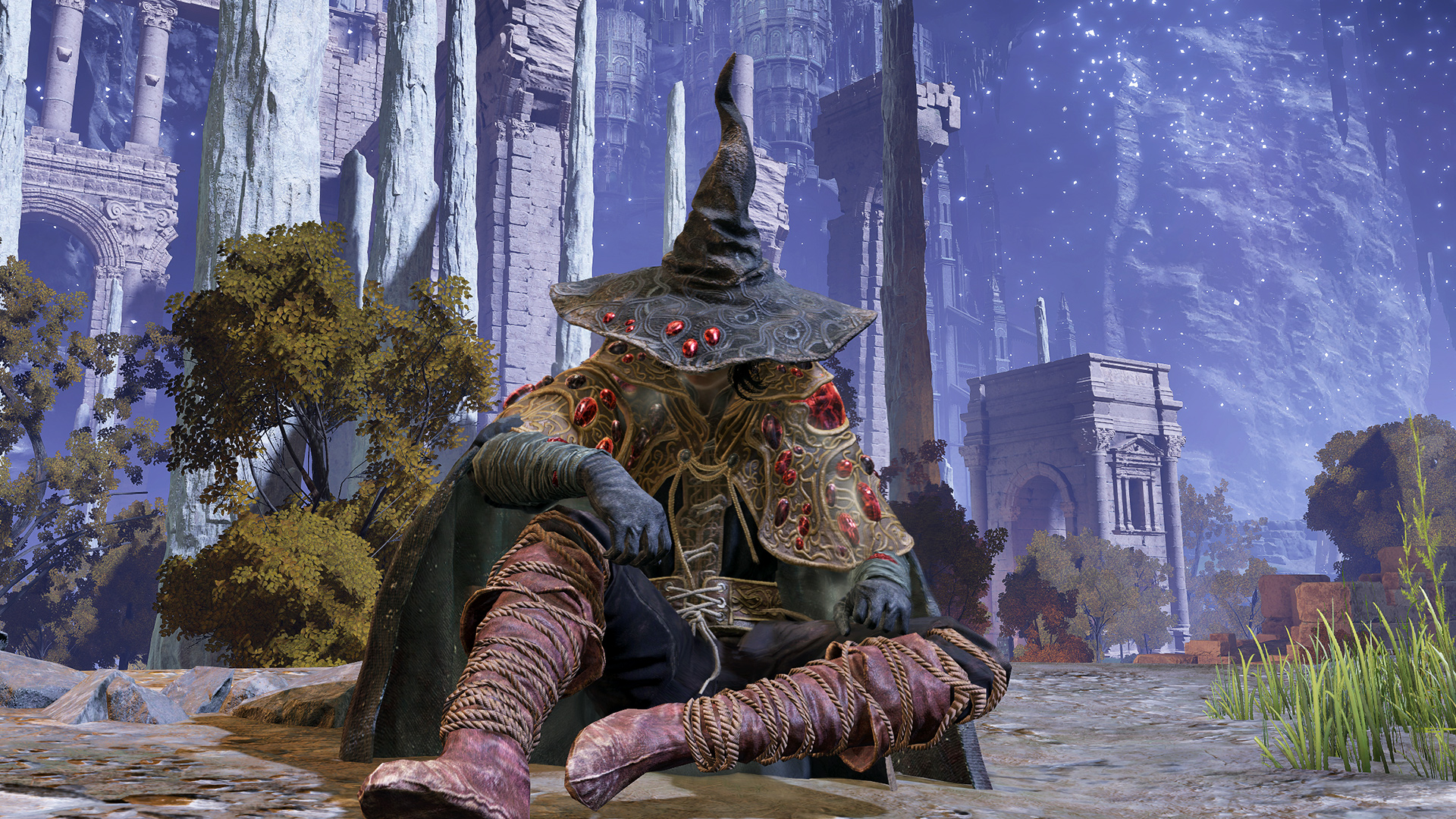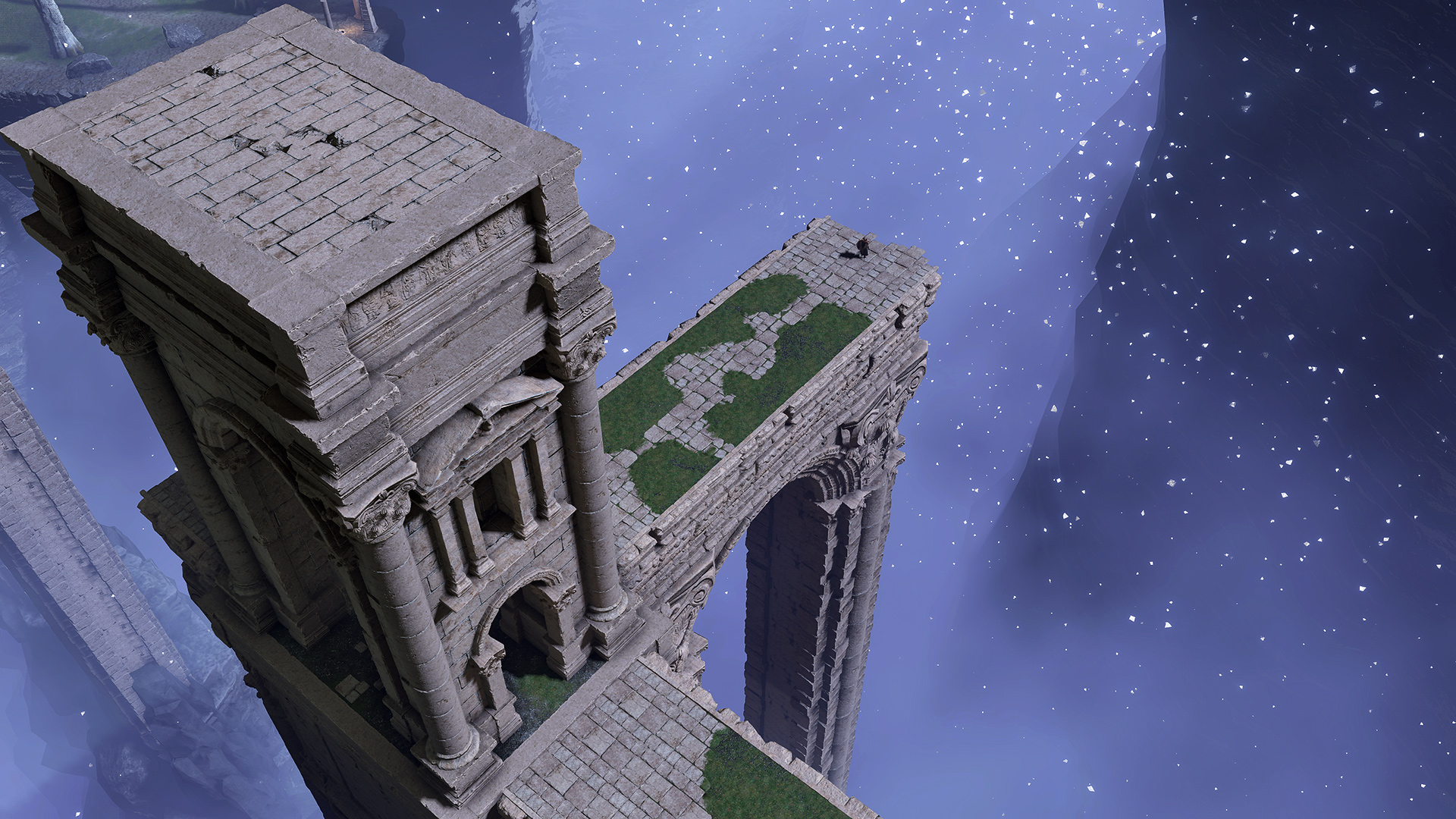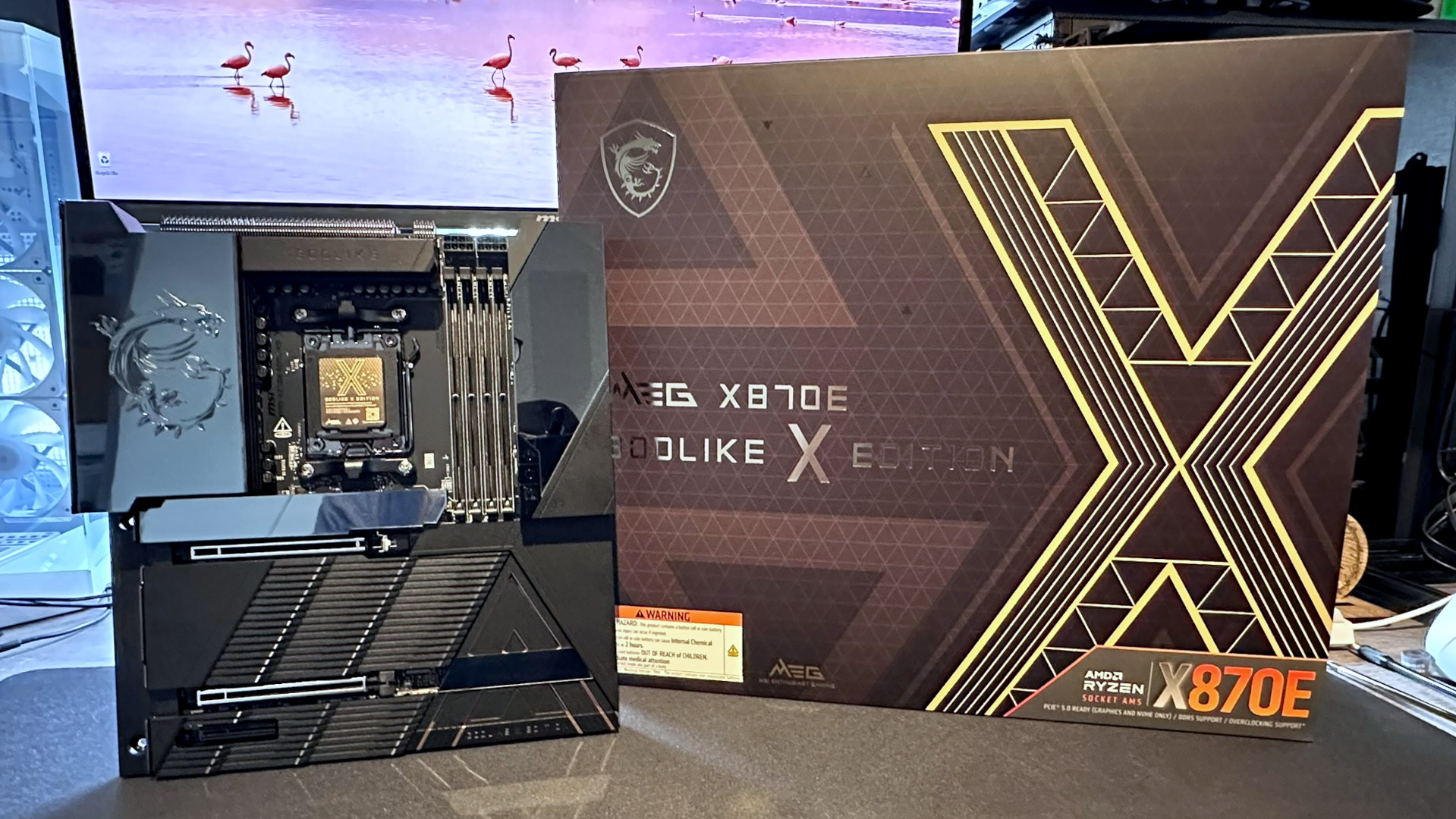Some of Elden Ring's best moments are buried deep underground
So you've gone underground in Elden Ring, but have you really gone underground?

This article contains spoilers for the first underground zone in Elden Ring. If you want to discover it yourself, come back later.
For me, it happened around five or six hours in, when I rode past what seemed like another ordinary ruined building in the middle of the forest. Inside was an elevator that led me to a place that transformed everything I thought I knew about Elden Ring's size and the scope of the story it tells. I had already been stunned by the number of things in the game's starting zone, Limgrave, but I wasn't prepared for what was lurking underneath it.
I urge you to seek out this elevator in western Limgrave. It's tricky to miss if you spend a lot of early hours in the game combing through the middle portion of Limgrave, or if those XXL bears in the eastern section scare you off. Brave the bears and find this spot, because getting to one of Elden Ring's most mesmerizing zones early on will not only help you understand the game thematically, but it's a good reminder that FromSoftware games are icebergs.
The underground bits of Elden Ring remind me a lot of when you start to break past the sterile white walls of Portal and see the rust and machinery behind the entire facade. Elden Ring's overworld is often bright and golden, with the Erdtree overlooking it all. But down below, its gaze is cut off, and the place is full of dark blues and purples. The people and monsters you'll find down there aren't as happy as the people above, and some don't seem to even know what's going on. FromSoftware is known for its intricate blend of narrative and visual design, but it's at a much larger scale in Elden Ring. And it all ends up connecting directly to your character's goal from the intro cutscene.
The things kept below the Lands Between helped trigger the decay that we now see above.
Down here, you'll find enemies that, in a classic FromSoftware way, attack in defense of their home, and the items and quests you do there will lead you to other more visually delicious locations later in the game that you can actually see from the initial zone. When you head back up top, you'll have a lot more questions than answers, and that's exactly why I think it's worth taking a peek early on. The underground provides context for the aboveground.
If you plan to journey down the path toward one of the game's alternate endings, like Ranni's questline, you'll be forced to go down into Siofra River, the name of the first underground zone, and meet with Blaidd. It's there that the wolf man explains to you that he's looking for a city that seems to be hidden within the underground realm. You can find the way near that city if you can manage to dodge out of the way of the ghostly arrows that Siofra's inhabitants shoot at you. With time, you'll learn that there's much more than a lost city down there, and that the things kept below the Lands Between helped trigger the decay that we now see above. There are also hints you can find about the source of one of the major types of magic in the game.
Siofra River is also where one of the best boss fights occurs. The fight with the Ancestor Spirit upended my assumptions about how boss battles work in Elden Ring. Even in Limgrave, FromSoftware establishes that a lot of the enemies you face, like Margit and Godrick, look imposing and fight fast and ruthlessly. The Ancestor Spirit, fitting with the ethereal theme of Siofra River, is elegant in comparison. It's a fight that isn't trying to tear you apart, but instead to dazzle you with a raindrop-filled score and a boss that glides through the air. It's a fight that turns the series' typical horror and tension on its head.
Keep up to date with the most important stories and the best deals, as picked by the PC Gamer team.
Siofra River and the underground locations that follow it defy a lot of the visual rules Elden Ring sets up in its early hours. The overworld has gloomy castles and multi-armed beasts, but generally this part of the game draws a lot of its look and feel from Romantic-era paintings with wide, desolate scenes marked by far off mountains and structures. The underground is where FromSoftware gets to break all of its rules. There are starlit caves and pools of pink, bubbling rot down there, the kind of unforgettable stuff that twists your assumptions about Elden Ring being a pretty typical fantasy game.
The underground location is now one of my favorite zones in a Souls game.
In a lot of ways, what's down there echoes the way that Bloodborne kept its strangest secrets away from the public before its release. Unless you were specifically looking in trailers and pre-release materials, you wouldn't have realized how much Elden Ring blends gothic horror with cosmic horror. For the curious and observant, the surprise is built up to over the course of the game.
Bloodborne spreads breadcrumbs throughout its experience via item descriptions and dialogue that help unpack the nature of its world. This happens in Elden Ring, too. There are several items that reference what's underground (the FP-restoring Starlight Shards mention an Eternal City) or how different factions of people either came from there or toyed with powers and techniques that were discovered there. New Souls players can be forgiven for not catching these obscure details, and I think that's why the elevator is located in such an early location. FromSoftware wants you to stumble on it so that you're prepared for what comes later.
If you haven't seen it, take a break from bashing your head against Godrick and go find Elden Ring's big secret. This isn't a game purely about beating bosses, it's also about slurping up the spectacle of FromSoftware's environmental design. The underground location is now one of my favorite zones in a Souls game, and if you're brave enough to figure out how to find its first boss, you'll get to see one of the most beautiful bosses in the entire series.
Tyler has covered videogames and PC hardware for 15 years. He regularly spends time playing and reporting on games like Diablo 4, Elden Ring, Overwatch 2, and Final Fantasy 14. While his specialty is in action RPGs and MMOs, he's driven to cover all sorts of games whether they're broken, beautiful, or bizarre.


